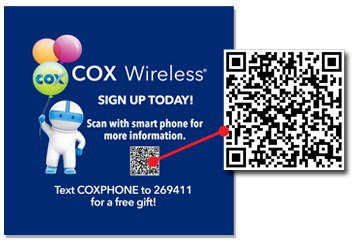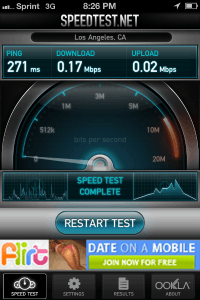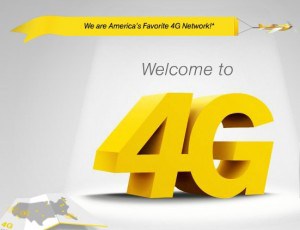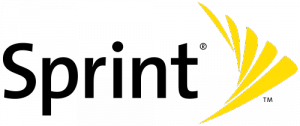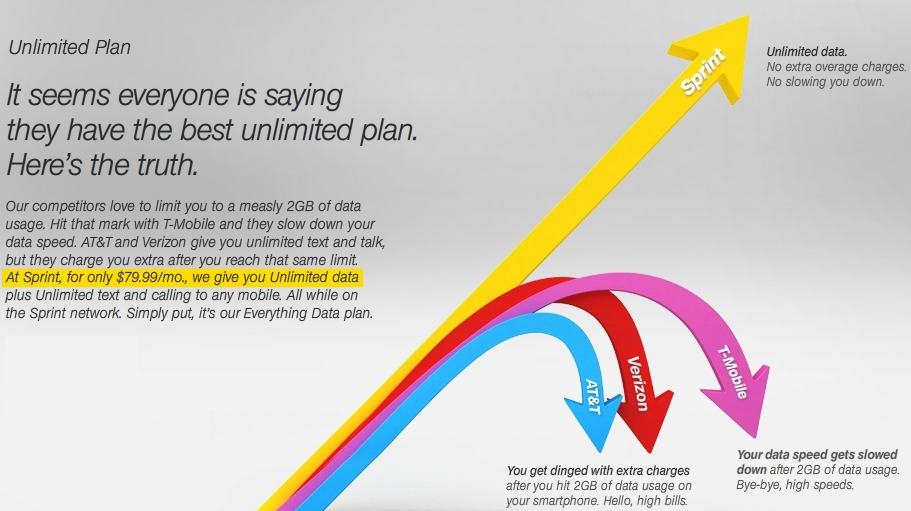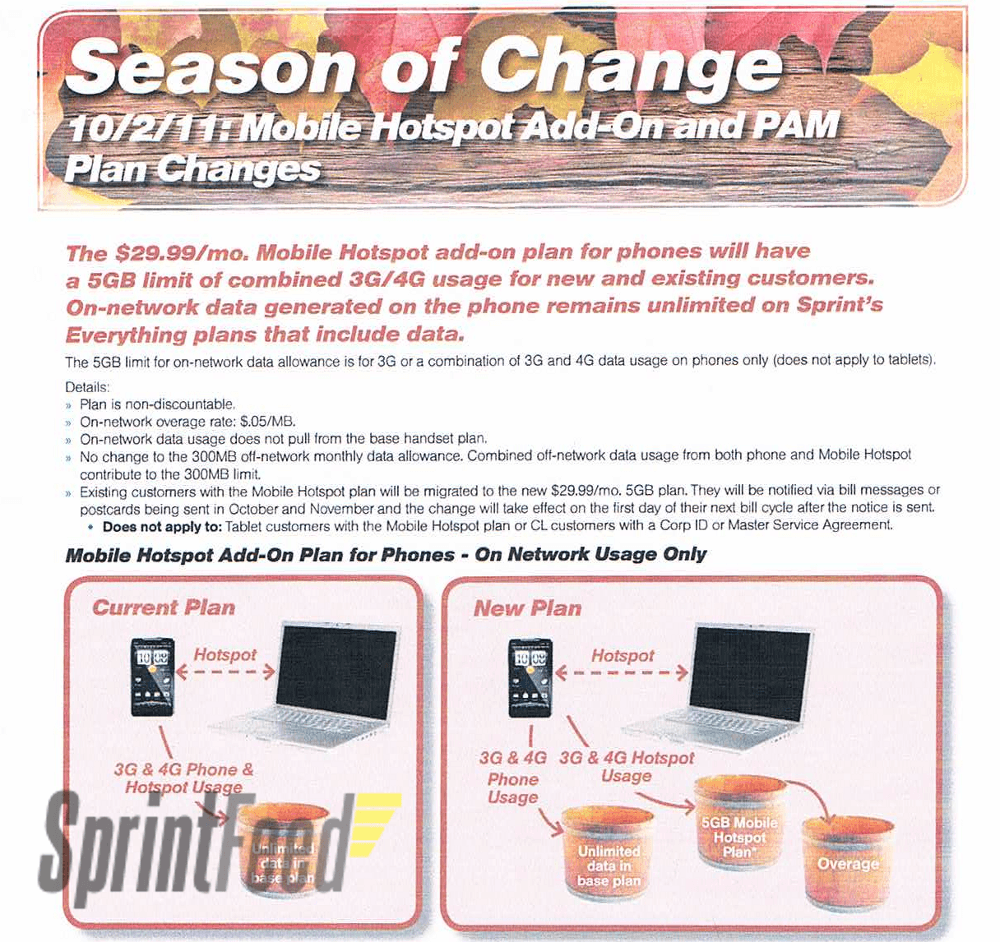 Sprint CEO Dan Hesse is now at risk of losing his job over decisions to increase spending to upgrade network performance and capacity. In the last week, Sprint announced it will likely seek outside financing to accelerate the launch of its new 4G LTE network, while concurrently deciding to stop selling 4G WiMax smartphones that work on the troubled Clearwire network by the end of this year.
Sprint CEO Dan Hesse is now at risk of losing his job over decisions to increase spending to upgrade network performance and capacity. In the last week, Sprint announced it will likely seek outside financing to accelerate the launch of its new 4G LTE network, while concurrently deciding to stop selling 4G WiMax smartphones that work on the troubled Clearwire network by the end of this year.
Wall Street hates companies spending money to upgrade their networks, particularly when there is little evidence Sprint will enhance profits with price increases or cut costs by limiting customers’ data usage.
For several major investment firms and banks, the last straw was Hesse’s revelation that the company will likely need to borrow money to complete its Network Vision plan, which calls for major upgrades of Sprint’s wireless network to support much faster data speeds for customers. His earlier commitment to spend up to $20 billion on Sprint’s version of the Apple iPhone did not help matters.
Sprint’s stock price took a beating last week, sliding 26 percent to the lowest level since February 2009 as investors fled.
[flv width=”360″ height=”290″]http://www.phillipdampier.com/video/KSHB Kansas City Sprint makes another new announcement 10-7-11.mp4[/flv]
KSHB in Kansas City reports Sprint intends to stop selling devices that work on the company’s existing 4G/Clearwire WiMax service by the end of this year in favor of Sprint’s forthcoming launch of a new 4G LTE network. (1 minute)
The Detroit News reports an investor meeting with Sprint executives “grew ugly” after Hesse announced the company needed to spend money to upgrade and refused to show a clear pathway to enhanced profits earned from those upgrades.

Wall Street to Hesse: Don't Get Comfortable
“Hesse is on thin ice now,” Ed Snyder, an analyst with Charter Equity Research, told the newspaper. “One, perhaps two, more big mistakes and he’s probably gone.”
More than a half-dozen Wall Street analysts have slashed their ratings on the wireless company because they believe Sprint’s spending plans will hurt liquidity.
While customers are increasingly rewarding Hesse and Sprint for making customer service improvements and retaining customer friendly unlimited service plans, Wall Street shows no signs of being charitable to Hesse’s management of the Overland Park, Kansas company.
Ben Abramowitz, an analyst with Kaufman Bros., downgraded the stock to “hold” from “buy,” excoriating the company for expensive strategic shifts, including network upgrades and the company’s recent commitment to Apple to sell millions of Apple iPhones on Sprint’s network.
“Management credibility is lost with investors,” Abramowitz wrote.
Jonathan Schildkraut from Evercore Partners told CNBC the spending at Sprint may just be getting started. Millions of customers remain connected to Nextel’s legacy iDEN network, which Sprint intends to decommission. Schildkraut believes Sprint will have to provide deep discounts or free phones for displaced customers who will need to move to Sprint’s primary network. He also notes that despite Sprint’s plans to abandon Clearwire’s WiMax network for 4G, the company will likely make further investments to maintain the partnership, and Clearwire’s network, for other purposes.
Sprint’s decision to adopt Apple’s iPhone and upgrade their network may make competitive sense against larger players AT&T and Verizon Wireless, but Schildkraut notes Apple commands top dollar for the popular phone — upwards of $600 on the wholesale level, which carriers in turn subsidize to lure customers to sign two-year contracts. But Sprint would do well to consider Verizon’s experience with the iPhone, he says. Most of Verizon’s iPhones were sold to customers who already owned smartphones. That forced Verizon to subsidize up to $400 for each iPhone with no chance of increasing the average revenue collected from customers. Investors were hoping the iPhone would instead attract budget handset customers who would upgrade to more expensive smartphone service plans.
Because the iPhone still does not support 4G technology, it seems less likely existing Sprint 4G WiMax smartphone owners would consider the Apple 4S an upgrade, and may hold off waiting for the anticipated iPhone 5. But as Sprint begins to promote its forthcoming 4G LTE network, those Sprint customers using WiMax phones will be tempted to move to something else. Either way, phone subsidies could create a significant drag on Sprint’s cash on hand at a time when the company is spending heavily on upgrading its network.
In the telecommunications business, upgraded service helps customers and spurs competition. But it is nearly always the enemy of Wall Street unless a clear pathway to enhanced profits can be shown. Investors may ultimately have the last word on those upgrades, and the person responsible for green-lighting them. Hesse may learn that lesson first hand if the company can’t find a way to boost its stock price, and soon.
[flv]http://www.phillipdampier.com/video/Sprint CEO in Trouble 10-12-11.flv[/flv]
Wall Street goes on the attack, unhappy that Sprint is spending their money to upgrade its networks for the benefit of Sprint customers. CNBC covers all the business angles. (6 minutes)


 Subscribe
Subscribe